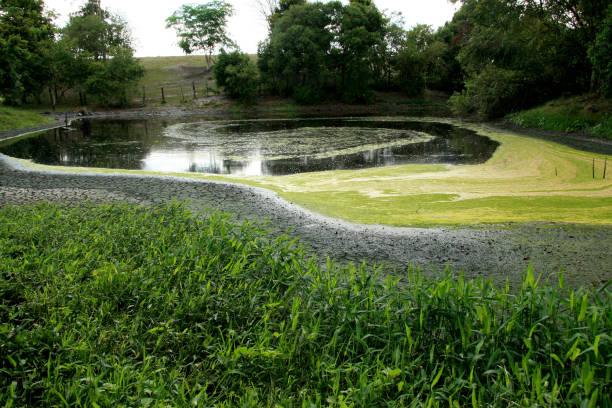The mining industry has long been associated with environmental degradation, particularly in the form of mine tailings. These waste materials, which are often toxic and can leach harmful chemicals into surrounding ecosystems, pose a significant threat to the environment and public health. In recent years, however, there has been a growing recognition among mining companies of the need to improve their practices when it comes to managing mine tailings.
One of the key challenges facing the industry is how to safely store and dispose of mine tailings. Historically, many companies have simply dumped these waste materials into nearby rivers or streams, leading to widespread contamination of water sources and soil. This approach is not only environmentally destructive but also poses serious risks to human health.
In response to these concerns, many mining companies are now adopting more responsible practices when it comes to managing their mine tailings. One such practice is the use of engineered storage facilities known as tailings dams. These structures are designed to contain mine tailings in a secure manner, reducing the risk of leaks or spills that could harm the environment.
Another important development in mine tailings management is the use of new technologies such as geosynthetic liners and covers. These materials help prevent contaminants from leaching out of mine tailings and into surrounding soil and water sources, reducing the environmental impact of mining operations.
In addition to technological innovations, many mining companies are also implementing best practices in monitoring and reporting on their mine tailings management activities. By regularly monitoring water quality downstream from their operations and conducting regular inspections of their storage facilities, companies can ensure that they are meeting regulatory requirements and minimizing their impact on the environment.
Furthermore, some companies are going above and beyond regulatory requirements by investing in reclamation efforts for old or abandoned mines. By restoring these sites to their natural state or repurposing them for other uses such as renewable energy production or recreational purposes, companies can help mitigate some of the environmental damage caused by past mining activities.
Overall, while there is still much work to be done in improving mine tailings management practices across the industry as a whole., there is reason for optimism about The Future Of Environmental Responsibility: Best Practices In Mine Tailings Management”. By embracing new technologies,, adopting best practices,,and taking proactive steps towards reclamation efforts,,mining companies can minimize their environmental footprint,,protect local ecosystems,and communities,and ensure a sustainable future for all stakeholders involved in this vital industry..

